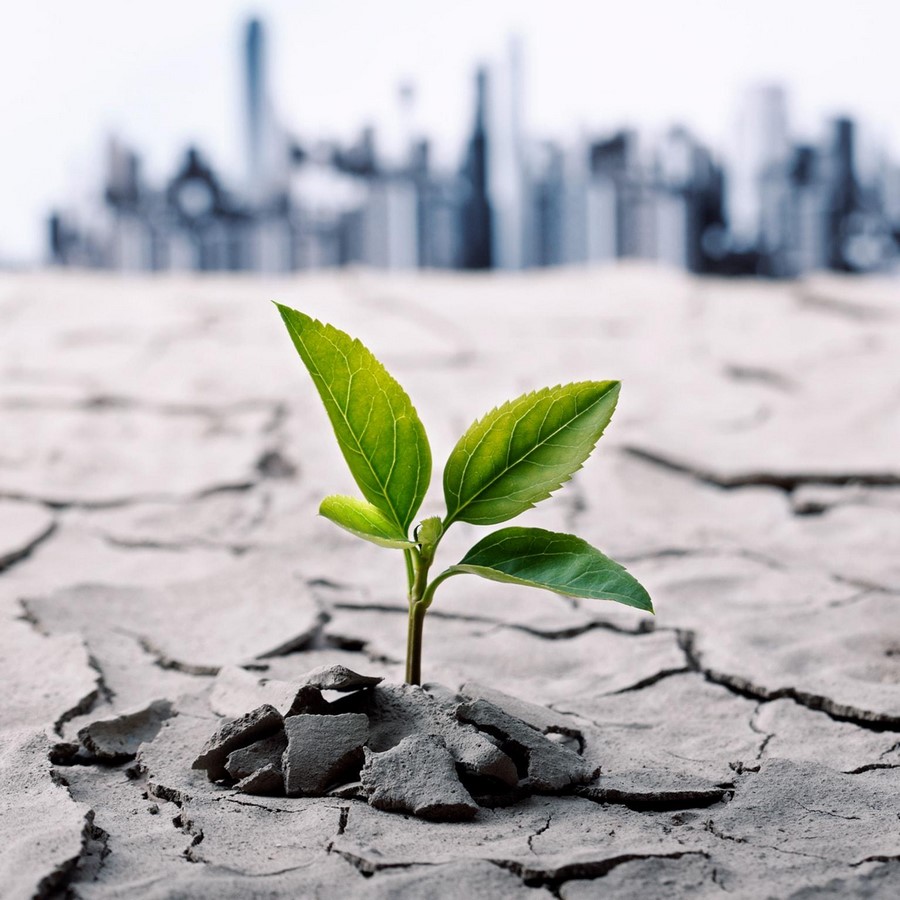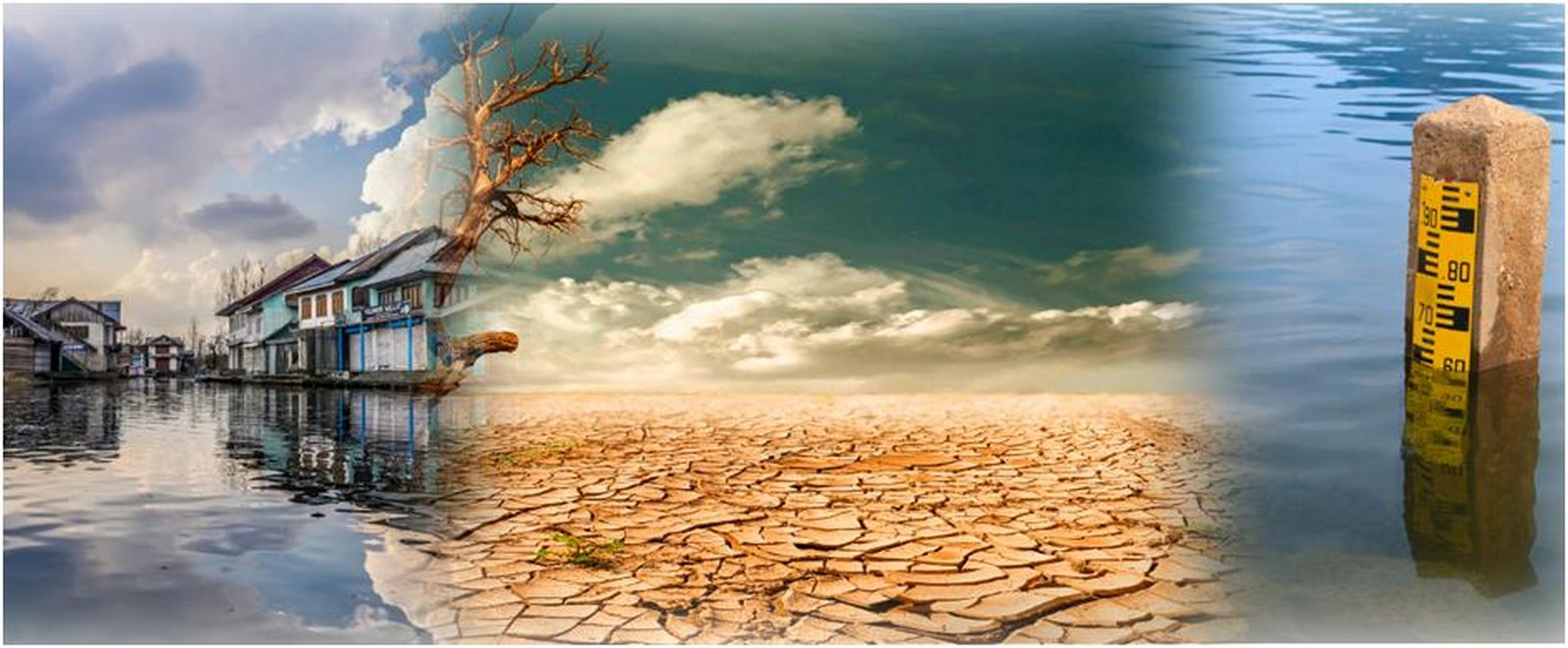In an era marked by escalating natural disasters and the growing spectre of climate change, the architectural realm is undergoing a profound transformation. Architects and urban planners are embracing innovative strategies to design structures that not only withstand environmental challenges but also pave the way for sustainable and resilient communities. This article delves into the intricate interplay between architecture, socio-political factors, vernacular practices, alternative building materials, and sustainable design solutions in the face of natural disasters and climate change.

Building Resilience:
A Multi-faceted Approach Architecture’s response to natural disasters and climate change goes beyond merely fortifying structures against immediate threats. It involves creating built environments that are resilient, adaptable, and flexible in the face of unpredictable events. One remarkable example is the Makoko Floating School in Lagos, Nigeria, an amphibious architecture that addresses flooding in flood-prone regions. Moreover, innovations in structural engineering are evident in buildings designed to withstand earthquakes, such as the Taipei 101 skyscraper. These architectural marvels showcase the integration of advanced engineering techniques and forward-thinking design approaches (Pacheco-Torgal & Jalali, 2011).
Alternative Building Materials:
A Path to Sustainability: In the quest for resilience, architects are increasingly turning to alternative building materials that reduce environmental impact and enhance disaster resilience. Bamboo, a fast-growing and renewable resource, has emerged as a resilient alternative for disaster-prone areas. The Bamboo Sports Hall in China showcases the material’s structural capabilities and seismic resistance (Jin & Yuan, 2019). Similarly, earth-based materials like rammed earth and cob are experiencing a resurgence due to their durability, thermal properties, and low carbon footprint, exemplified by the Great Wall of WA in Australia (Kibert, 2016).
Sustainable Design for Climate Adaptation:
Sustainability lies at the heart of architecture’s response to climate change. Passive design strategies, inspired by nature, minimize energy consumption and enhance thermal comfort. The Bahrain World Trade Center’s wind turbines, designed to harness prevailing winds for energy generation, exemplify such integration. Green roofs, a growing trend, reduce urban heat island effects, manage stormwater, and enhance biodiversity. The Nanyang Technological University’s Eco-Campus in Singapore demonstrates how a lush, sustainable ecosystem can be integrated into the urban fabric (Kibert, 2016).

Socio-Political Factors Shaping Architectural Choices:
Architectural decisions are intrinsically linked to socio-political dynamics. Government policies, funding availability, and public perception influence the adoption of resilient and sustainable practices. Proactive governments, such as those in Scandinavia, incentivize sustainable design through regulations and financial support. Conversely, regions with limited resources may struggle to prioritize long-term resilience over short-term economic gains. Collective efforts are required to advocate for policies that emphasize sustainability’s long-term benefits (Pelling & Dill, 2010) Local governance, economic considerations, and public opinion play pivotal roles in shaping the priorities of architectural projects. While short-term economic constraints may occasionally lead to compromises in sustainability goals, proactive policies and government incentives can drive the adoption of innovative architectural solutions. The German Passivhaus standard, for example, has gained traction due to government support, fostering the development of energy-efficient buildings that significantly reduce energy consumption (Turner et al., 2014).
Community-Centric Approaches and Participatory Design:
In response to natural disasters and climate change, architects are recognizing the significance of community engagement and participatory design. Collaborating with local residents ensures that structures meet their needs, withstand local environmental challenges, and foster a sense of ownership. The “Rebuild by Design” project, undertaken in New York City’s post-Hurricane Sandy recovery phase, exemplifies the importance of community input. This initiative resulted in context-sensitive solutions that addressed practical and cultural concerns, showcasing the power of collaboration between architects and communities (Turner et al., 2014).
Community engagement and participatory design are essential in crafting resilient architectural responses. In disaster-prone regions, architects collaborate with local communities to develop context-sensitive solutions that address unique challenges. The “Pakhuset” project in Denmark, co-designed with residents, showcases how reimagining a historic building can foster community resilience. Such initiatives empower communities, ensure structures meet their needs, and strengthen social bonds crucial for disaster recovery (UN-Habitat, 2021).
Innovative Technologies Driving Change:
Cutting-edge technologies catalyze architectural advancements in disaster response and climate adaptation. Digital tools like Building Information Modeling (BIM) simulate disaster scenarios, enabling architects to optimize designs for resilience. Drones aid in rapid post-disaster assessments, informing reconstruction strategies. Additionally, 3D printing is revolutionizing construction, offering quick and efficient solutions, exemplified by ICON’s efforts to 3D print disaster-resilient homes in vulnerable communities.

Harnessing Vernacular Wisdom and Sustainable Materials:
Vernacular architecture, rooted in local traditions and knowledge, holds invaluable insights into designing for environmental resilience. Drawing inspiration from indigenous structures, architects are reimagining traditional design principles to suit contemporary needs. For instance, the “thatched dome” architecture of cyclone-prone coastal regions in India has inspired modern designs like the Cyclone Shelter Prototype. These adaptations blend heritage with innovation, creating shelters that efficiently dissipate wind forces while providing safe havens during storms (Ahmed, 2013).
In addition to technological advancements, architects are embracing vernacular practices and alternative building materials. Indigenous architectural wisdom is being reimagined to address contemporary challenges. Bamboo, for instance, is emerging as a resilient alternative in disaster-prone regions. The Bamboo Sports Hall in China demonstrates the material’s structural capabilities and seismic resistance. Earth-based materials like rammed earth and cob are gaining attention for their durability, thermal properties, and low carbon footprint, as seen in projects like the Great Wall of WA in Australia (Jin & Yuan, 2019).
Conclusion:
In the face of mounting natural disasters and climate change, architecture emerges as a beacon of hope, offering ingenious solutions that blend vernacular wisdom, alternative materials, and sustainable practices. Architects and urban planners are redesigning the built environment not only to withstand immediate threats but also to positively contribute to the planet’s long-term health. As socio-political factors shape the architectural landscape, collaboration between governments, architects, communities, and innovators is paramount. By embracing indigenous knowledge, leveraging alternative materials, and prioritizing sustainable design, architecture navigates a transformative path toward a resilient and sustainable future.
References:
1st International Conference and Workshop on Climate Adaptation and Resilience | London. (n.d.). https://events.imeche.org/ViewEvent?e=7617
Ahmed, K. (2013). Vernacular Architecture and Climatic Factors in Bangladesh. In Climate Adaptation and Flood Risk in Coastal Cities (pp. 161-182). Routledge.
Beatley, T. (2009). Planning for Climate Change: Urban Sustainability and Global Environmental Governance. Journal of Planning Education and Research, 29(1), 66-79.
Jin, D., & Yuan, H. (2019). Building with Bamboo: A Review of the Mechanical Properties of Bamboo and Bamboo-Based Composites. Composite Structures, 226, 111228.
Jin, D., & Yuan, H. (2019). Building with Bamboo: A Review of the Mechanical Properties of Bamboo and Bamboo-Based Composites. Composite Structures, 226, 111228.
Kibert, C. J. (2016). Sustainable Construction: Green Building Design and Delivery. John Wiley & Sons.
Pacheco-Torgal, F., & Jalali, S. (2011). Earthquakes and their Impact on Society, 93-125.
Pelling, M., & Dill, K. (2010). Disaster politics: Tipping points for change in the adaptation of sociopolitical regimes. Progress in Human Geography, 35(6), 723-745.
Ratti, C., & Claudel, M. (2016). Urban Resilience: A New Perspective on Climate Change Adaptation. Environment: Science and Policy for Sustainable Development, 58(3), 8-13.
Resilience for sustainable, inclusive growth. (2022, June 7). McKinsey & Company. https://www.mckinsey.com/capabilities/risk-and-resilience/our-insights/resilience-for-sustainable-inclusive-growth In-Text Citation: (Resilience for Sustainable, Inclusive Growth, 2022)
Turner, J. A., Doberstein, B., & Anderson, S. E. (2014). Urban disaster recovery and the Local State: An evaluation of post-Katrina recovery programs in Mississippi. Journal of the American Planning Association, 80(4), 310-322.
UN-Habitat. (2021). Guidelines on Developing and Implementing a Community-Based Monitoring System for Resilience and Recovery. UN-Habitat.














